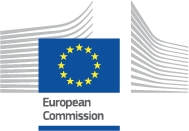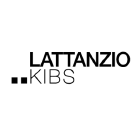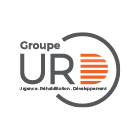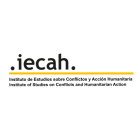WORKING WITH DG ECHO AS AN NGO PARTNER | 2021 - 2027
REMAINING ASSETS AT THE END OF ACTION
The specific rules on transfer for humanitarian actions favour transfers of remaining assets to a follow-up DG ECHO funded action managed by the same DG ECHO Partner (beneficiary). This approach allows DG ECHO to maintain better control over the end use of the assets and to safeguard sound financial management of humanitarian aid funds.
Nevertheless, if this is not possible, the beneficiary may transfer the assets to another DG ECHO funded Action managed by another DG ECHO Partner. If neither of the previous options are possible, the beneficiary may — after the end of the action — transfer the remaining assets to the final recipients, local non-profit organisations, international non-profit organisations, international organisations, or local authorities, if agreed by DG ECHO.
The relevant thresholds area the following:
- Low-value equipment is defined as equipment with a value below EUR 1,000 per item. Such equipment is exempt from the obligation to transfer.
- For items valued between EUR 1,001 and EUR 2,500 per item, the exemption also applies if the total cost of such items does not exceed EUR 15,000.
Regarding remaining goods:
Ideally, any remaining goods at the end of the Action should be distributed by requesting a no-cost extension of the Action. If this is not feasible and the results of the Action have already been achieved, the Partner is not required to report the final use of remaining goods per type of goods (e.g. drugs, food, NFI kits) if the leftover quantity does not exceed 20% of the total purchased. However, these goods must still be used for the benefit of humanitarian aid actions. Their final use may be verified during an audit. Goods can be transferred only once.
Additional guidance is available in the AGA, Annex 5 – 1. Transfer of assets at the end of the action.
The calculation is based on the quantity of goods purchased during the Action, categorized by type (e.g., drugs, food, NFI kits).
Partners cannot keep goods up to the 20% threshold once exceeded; this limit defines the maximum marginal quantity. If exceeded, the remaining goods are no longer considered marginal, and the procedures described in AGA – Annex 5 must be followed.
Additionally, under Article 6.1 of the MGA, costs must be necessary, reasonable, and comply with sound financial management. Partners are responsible for proper procurement planning to avoid over-procurement, which DG ECHO does not cover.
For additional information on transfer of assets at the end of the action and its exceptions, please consult the AGA – Annex 5 and the relevant pages on DG ECHO partners website.
The obligation to transfer remains valid until the equipment has been fully depreciated. Therefore, if at the end of the action to which the transfer was made the equipment is not fully depreciated and transfer is not possible anymore, DG ECHO could either recover the remaining value according to the applicable depreciation rules, or, if justified, grant the partner to keep the equipment.
For additional guidance please consult the AGA – Annex 5, available in the Reference Documents section of this website.
No, under the MGA, the transfer of assets at the end of the Action applies to equipment and goods (including supplies) procured in the framework of a DG ECHO-funded Action. These assets may only be transferred to other humanitarian Actions financed by DG ECHO. Transfers to Actions funded by other Directorates of the European Commission are not permitted.




